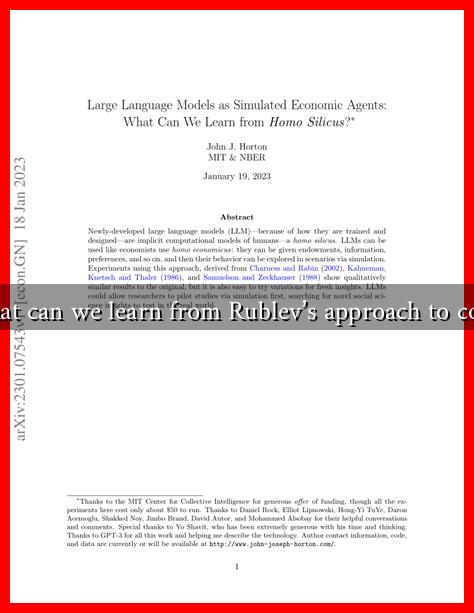-
Table of Contents
What Can We Learn from Rublev’s Approach to Color
Andrei Rublev, a 15th-century Russian icon painter, is celebrated not only for his spiritual depth but also for his masterful use of color. His works, particularly the famous “Trinity” icon, showcase a profound understanding of color theory and its emotional resonance. This article explores Rublev’s approach to color, offering insights that can be applied in contemporary art, design, and even personal expression.
The Spiritual Significance of Color
Rublev’s use of color was deeply intertwined with the spiritual themes of his work. Each hue was chosen not merely for aesthetic appeal but for its symbolic meaning. For instance:
- Gold: Often used to signify divinity and the heavenly realm.
- Blue: Represents the sky and the infinite, often associated with the Virgin Mary.
- Red: Symbolizes love and sacrifice, frequently seen in depictions of Christ.
This intentionality in color selection invites viewers to engage with the artwork on a deeper level, prompting reflection on the spiritual narratives being conveyed.
. Modern artists and designers can learn from this approach by considering the emotional and symbolic implications of their color choices.
Harmony and Balance in Color Composition
Rublev’s compositions are characterized by a harmonious balance of colors. He employed a limited palette, which allowed for a cohesive visual experience. This technique can be broken down into several key principles:
- Monochromatic Schemes: Using variations of a single color to create depth and interest.
- Analogous Colors: Selecting colors that are next to each other on the color wheel to create a sense of unity.
- Contrast: Employing contrasting colors to draw attention to specific elements within the artwork.
By mastering these principles, contemporary artists can create visually striking works that maintain a sense of unity and purpose. For example, the use of analogous colors can evoke a serene atmosphere, while contrasting colors can energize a composition.
Emotional Resonance Through Color
Rublev’s color choices were not arbitrary; they were carefully crafted to evoke specific emotions. His ability to convey feelings through color can be seen in the “Trinity” icon, where the warm tones of the figures create a sense of intimacy and connection. This emotional resonance is crucial for artists today, as it can significantly impact how viewers perceive and interact with their work.
Research in color psychology supports this idea, indicating that colors can influence mood and behavior. For instance:
- Blue: Calming and serene, often used in spaces meant for relaxation.
- Yellow: Associated with happiness and energy, frequently used in marketing to attract attention.
- Green: Represents nature and tranquility, often used in wellness and eco-friendly branding.
By understanding the emotional implications of color, artists and designers can create works that resonate more deeply with their audience.
Case Studies: Modern Applications of Rublev’s Color Theory
Several contemporary artists and designers have drawn inspiration from Rublev’s approach to color. For example:
- Yayoi Kusama: Known for her use of bold colors and patterns, Kusama creates immersive environments that evoke emotional responses similar to Rublev’s spiritual icons.
- Mark Rothko: His color field paintings utilize large swathes of color to evoke deep emotional experiences, reminiscent of Rublev’s spiritual depth.
- Graphic Designers: Many modern branding strategies incorporate color psychology to create emotional connections with consumers, echoing Rublev’s intentional use of color.
These examples illustrate how Rublev’s principles can be adapted to various artistic practices, emphasizing the timeless relevance of his color theory.
Conclusion: The Enduring Legacy of Rublev’s Color Theory
Andrei Rublev’s approach to color offers valuable lessons for artists, designers, and anyone interested in the emotional power of visual expression. By understanding the spiritual significance, harmony, and emotional resonance of color, we can create works that not only captivate the eye but also touch the soul. As we continue to explore the intersection of color and emotion, Rublev’s legacy serves as a guiding light, reminding us of the profound impact that color can have on our lives and our art.
For further reading on color theory and its applications in art, consider exploring resources such as Color Psychology.





